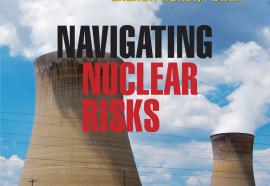Green Dealing
Renewable M&A lives on despite death of Treasury cash grants.
The U.S. Treasury cash grants for new renewable power projects expired at the end of 2011. These incentives, which were implemented under Section 1603 of the American Recovery and Reinvestment Act of 2009, helped to support continued capacity additions throughout the recession. The impending expiration of these grants caused a wave of merger and acquisition (M&A) activity during 2011 as developers and financiers rushed to get deals done and to begin construction in order to meet the Section 1603, 5-percent safe harbor threshold by the Dec. 31, 2011 deadline.



